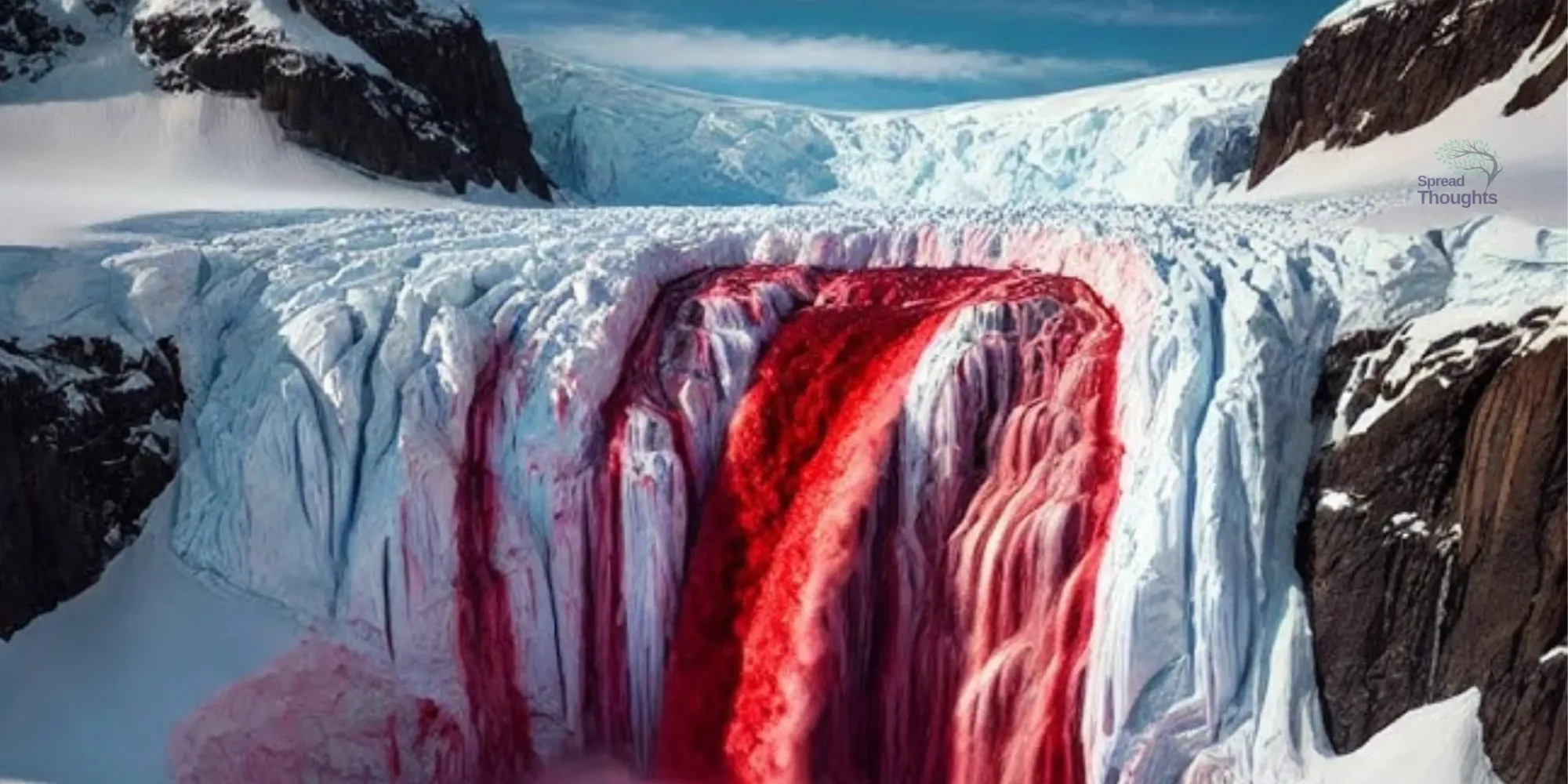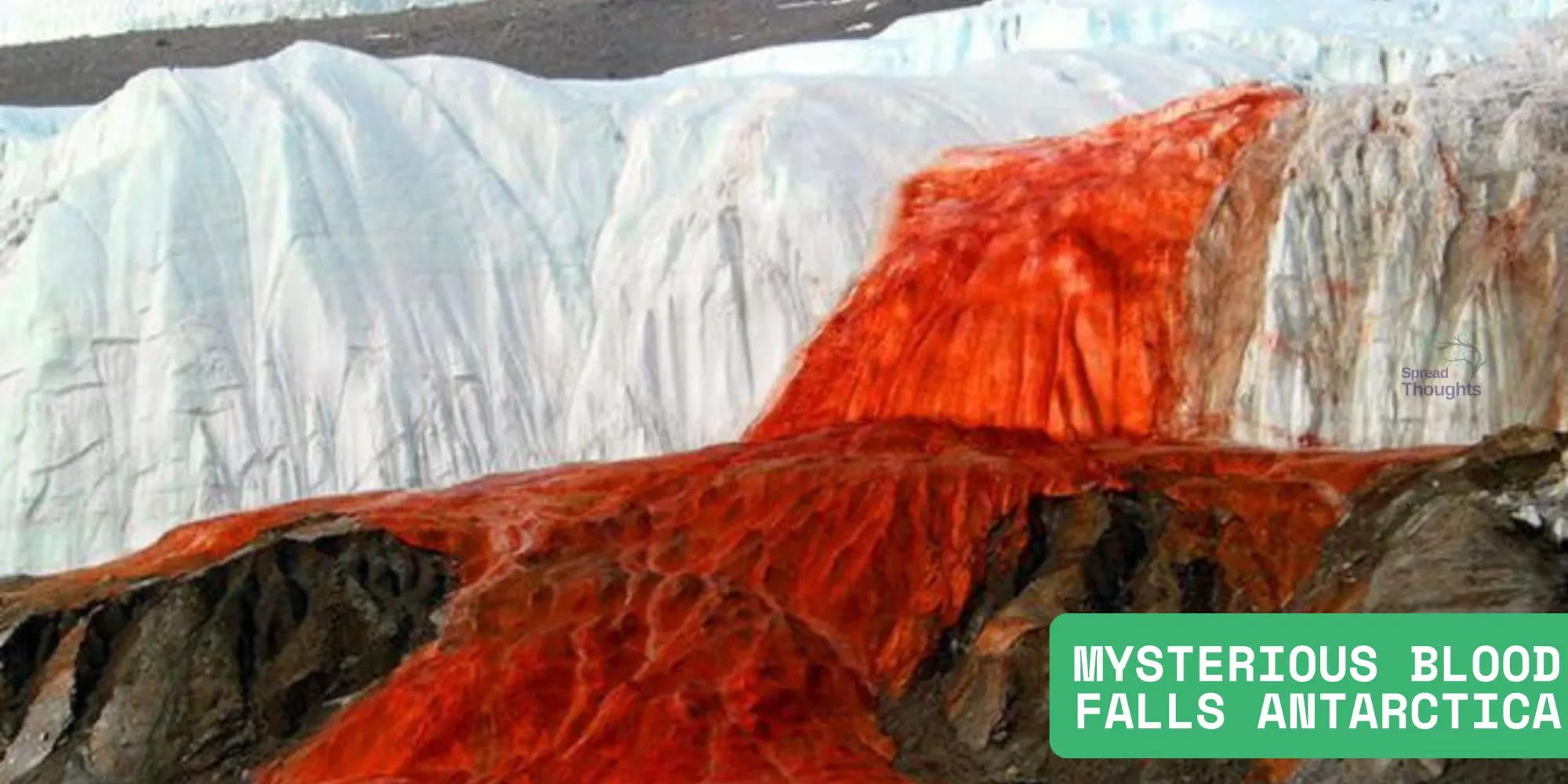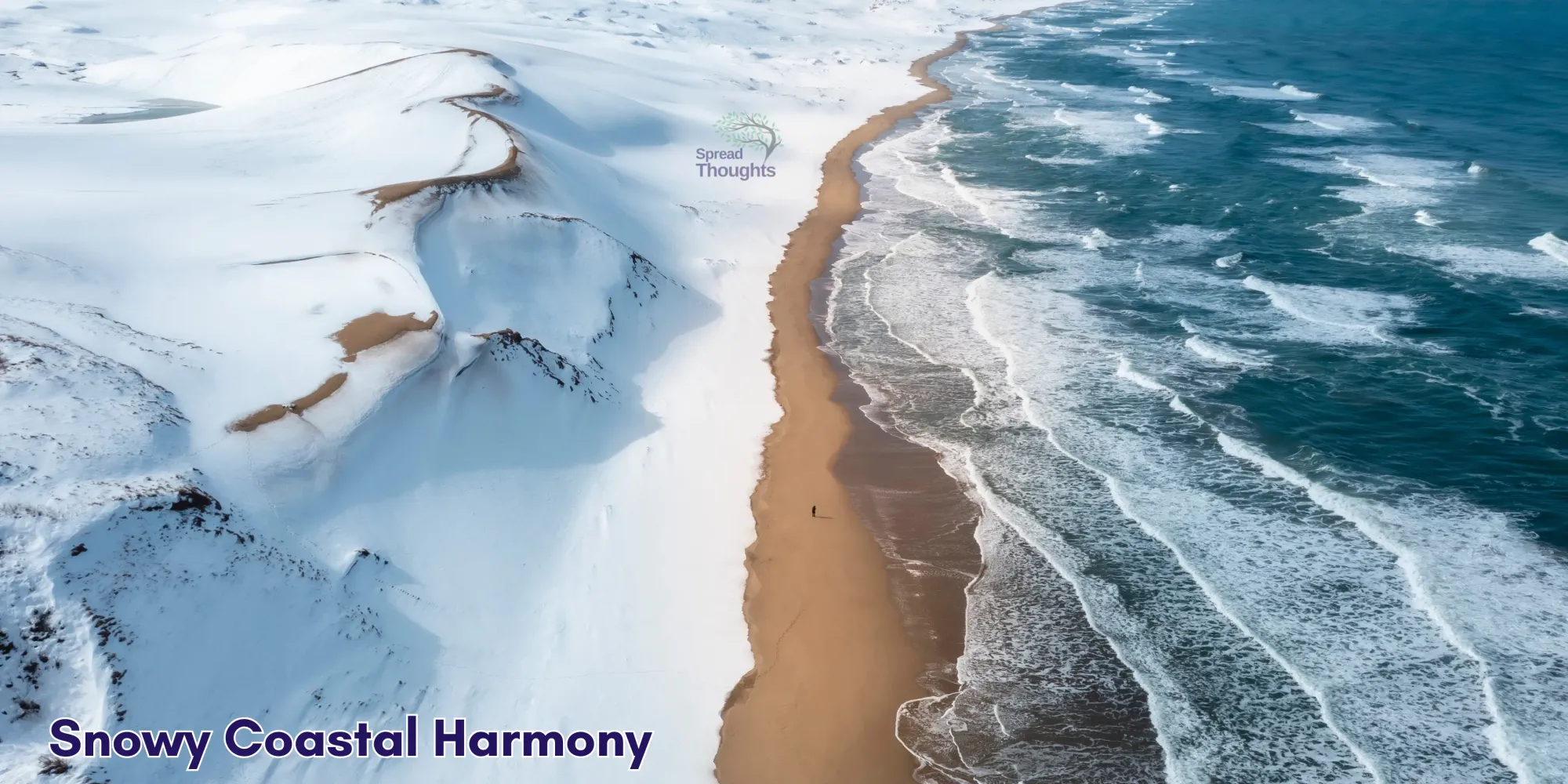Antarctica is known for its extreme freezing weather, never-ending ice sheets, and remote location, making it one of the most inhospitable places across the globe. Yes, it has many wonders, and the one that stands out with its intriguing nature is Bloody Water Mountain. If you’re willing to learn about this remote location, you’re at the correct place. This ultimate guide to mysterious Blood Falls, Antarctica, will provide you with information about its uniqueness. By the end of the article, you’ll have a clear view of this interesting Antarctic landmark.
What is Bloody Water Mountain?

Bloody Water Mountain is a unique landmark situated in Antarctica. All of you may be curious to know about its distinct feature, correct? The mountain is called Bloody Water Mountain, pertaining to its reddish hue that contrasts with the icy white surrounding. The rare coloration gave it the name Bloody Water Mountain and made it an interesting research subject for scientists and nature lovers.
It is an integral part of the Transantarctic Mountain Range that is widely spread across the continent. The continent is known for its flat icy structures, but these mountains provide it with an identity as a continent with distinct peaks and valleys. Bloody Water Mountain is a perfect example of such a distinct peak, setting it apart from the rest.
Blood Falls Antarctica
Blood Falls resembles a waterfall-like condition that is situated in the McMurdo Dry Valleys, Antarctica. It doesn’t appear like usual waterfalls with crystal clear flowing water, rather, it seems to be bleeding as a rusty red liquid originating from Taylor Glacier, coloring the ice and snow in its way. The water originates from a subglacial lake that has been covered under Taylor Glacier for over a million years. The lake is cut off from sunlight and has no oxygen, which establishes a weird environment. This unusual phenomenon of iron merging with oxygen to create a deep red due has earned it the name of Blood Falls, and is visually one of the most unique landmarks of Antarctica.
The falls first came into existence in 1911 when Australian geologist Griffith Taylor initially misunderstood the redness of water emerging due to red algae. The intriguing feature of the falls led to detailed research in the future that revealed more specific explanations of dramatic coloration. Let us see how the phenomenon that leads to Taylor Glacier Blood Falls works.
Blood Falls Antarctica Facts
- Iron-Rich Water: There is a subglacial lake containing iron-rich water trapped under ice for millions of years. The water has an extremely high content of salt and is highly enriched with iron.
- Oxidation: When the water seeps through certain glacier cracks, the iron content present in the surface reacts with oxygen and leads to oxidation, further staining the ice with a rusty red color.
- Slow Flow: The flow is not similar to a traditional waterfall; rather, the brine flows very slowly, generating a dramatic blood-like stain that finally flows across the glacier.
Science Behind Blood Falls
Blood Falls depicts the behavior of extreme environments and how life may appear in such conditions on other planets in the universe. The extreme salinity of the water and the microbes that exist still even after millions of years, depriving them of oxygen or any traces of sunlight, motivates the researchers to explore how life is possible in such extreme conditions, extending it to Mars or Jupiter, even.
How does the water flow despite extreme weather?
Have you ever wondered how the water flows despite the extreme weather on the Antarctic continent? Let us uncover this mystery for you! The secret is in the extreme salinity of the water that allows it to lower the freezing point, and it remains in a liquid state even at cold temperatures. It resembles a similar condition where salt prevents roads from freezing in harsh winters. One more factor that supports water flow is the pressure from the icy sheets lying above. The movement of the glaciers squeezes the salt water through cracks, heading it towards the surface where it spills a blood-red flow.
How is Blood Falls Important?
- Clues to Life beyond Earth: The extreme environment of Blood Falls is similar to other icy planets and moons. The presence of microbes surviving in such harsh conditions increases the possibility of the existence of life beyond Earth in the universe.
- Insights into Earth’s Past: The subglacial lake that is covered by Taylor Glacier has under isolated for millions of years. The scientists can carry out detailed research on these ancient microbes and water, allowing them to discover the evolution of Earth’s climate over time.
- Climate Change Research Model: The Blood Falls is an intriguing display of the behavior of icy sheets and glaciers. With the continuously changing climate, it is important to study the nature of water that lies beneath glaciers to predict the response of icy sheets to the increasing temperature. To study this complex process, Blood Falls serves as the natural laboratory. Explore how climate change impacts other regions, such as Tuvalu's struggle against rising sea levels.
What are the challenges that affect the study of Blood Falls?
The study of Blood Falls is a daunting task. The remote location of the continent adds to the difficulty. Some of the challenges that the researchers may face:
- Extreme weather: The temperature drops to -45 to -50 degrees in McMurdo Dry Valleys, demanding physical strength and certain specialized research tools.
- Isolation: To reach these unique falls, it is mandatory to have logistic support that involves helicopters or even tough treks through icy terrain.
- Pristine environment: Researchers should take extreme care while conducting their study, following strict protocols for sample collection, refraining from site contamination, and preserving the delicate environment of the continent.
Is it feasible to visit Blood Falls in Antarctica?
No, reaching Blood Falls for an individual is not possible. However, you can explore this fascinating phenomenon through other modes:
- Watch documentaries: Multiple documentaries include Blood Falls while exploring Antarctica, offering stunning views and details explanations. These documentaries can provide you with that virtual feeling of what it is like to visit the falls in person.
- Go through Scientific Articles: There are several articles on blood falls, covering the details such as their importance, microbiology, geology, and much more. Some of them are pretty technical, while others are targeting a general audience that can be found online.
- Follow Expeditions: Adventurers and explorers share their work in Antarctica. Be updated by following their newsletters, blog posts, and social media, and stay informed about the recent discoveries associated with Blood Falls Antarctica.
Final Words
Blood Falls is one of the most interesting natural wonders of the icy continent. Its rustic red water, harsh environment, and scientific importance surely make it a subject of research. If you’re interested in understanding life beyond Earth, extreme ecosystems, or insights into our Earth’s past, Blood Falls reveals a hidden world only a few have seen. It is a fact that most of us won’t be able to physically visit this remote location, but we can surely appreciate its significance and the fascinating insights it provides into the past, present, and the coming future of the world.













